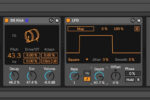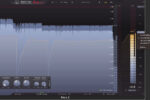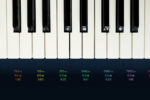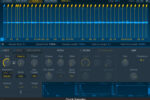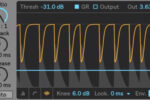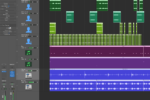What is a Flanger and How is it Different to a Phaser?
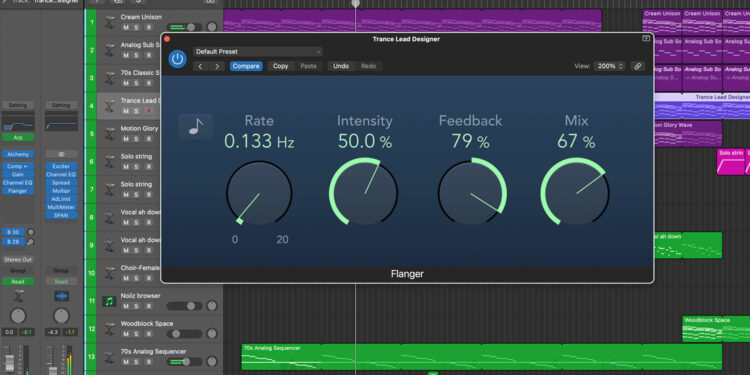
Phasers and flangers are two classic effects that sound alike. However, the way they work is surprisingly different.
The flanger and the phaser are two audio effects which have been much used by producers throughout the last several decades of music production. The two effects have quite similar sounds which can lead to them being confused with one another on a superficial level. They both create a swirling, whooshing sound which is often associated with psychedelic rock, but is also commonly found being used in almost every genre including dance music.
Though flangers and phasers are sonic neighbors, the way in which each effect is created sets them further apart. As a result of the differing techniques, a discerning ear will notice that the two effects have their own characteristics. The differences are subtle, but armed with the knowledge in this article, you should be able to tell the two apart.
As well as answering the question of what is a flanger and how it is different from a phaser, in this article we’ll also be diving into the history of the two effects and highlighting some songs and artists who are associated with phasers and flangers.
The history of flangers and phasers
The exact origins of the flanging and phasing effect are unknown. However, one of the most famous early uses of the flanging effect was by George Martin whilst producing for The Beatles at Abbey Road. The first Beatles song to feature flanging was Tomorrow Never Knows from their 1966 album Revolver.
Tomorrow Never Knows was recorded in April of 1966, and by the time Revolver was released in August of the same year almost every single track on the album had been subjected to flanging to some degree.
According to musical legend it was John Lennon who first coined the term “flanging”. The name originates from the method by which producers used to achieve the flanging effect. It involved them splitting an audio signal onto two separate tape reels, and then applying pressure to the edge or “flange” of one of the reels to create a delay in one of the signals.
The phaser effect, on the other hand, doesn’t have such a well known origin story. Phasing started appearing in popular music after flanging, with perhaps the first use of the effect being on the Small Faces’ 1967 single Itchycoo Park.
Despite its less glamorous entry into the music world, phasing would quickly become a favorite effect of many guitarists in the late 60s and 70s. Notable fans of the effect include Led Zeppelin’s Jimmy Page and psychedelic rock icon Jimi Hendrix.
What is a flanger?
A flanger is an audio effect that creates a swirling, swooshing or “jet plane” sound. Although at high amounts the effect is quite peculiar sounding, flangers are very commonplace effects and you will find one in the audio effects folder of most DAWs.
You may not realize it, but like delays, echoes, and choruses, flangers are actually time-based effects. They work by splitting an incoming signal into two separate signals. One of the signals is then delayed which creates phase cancellation at certain frequencies in the audio spectrum. The amount that the second channel is delayed by is then modulated, which causes the points at which phase cancellation occurs to move up and down the frequency spectrum. The movement of these phase cancellation points is what creates the swooshing sound.
You can learn more about time based effects with Jono Bucanan’s The Science of Sound: Time-Based Effects. There’s even a free chapter all about flanging.
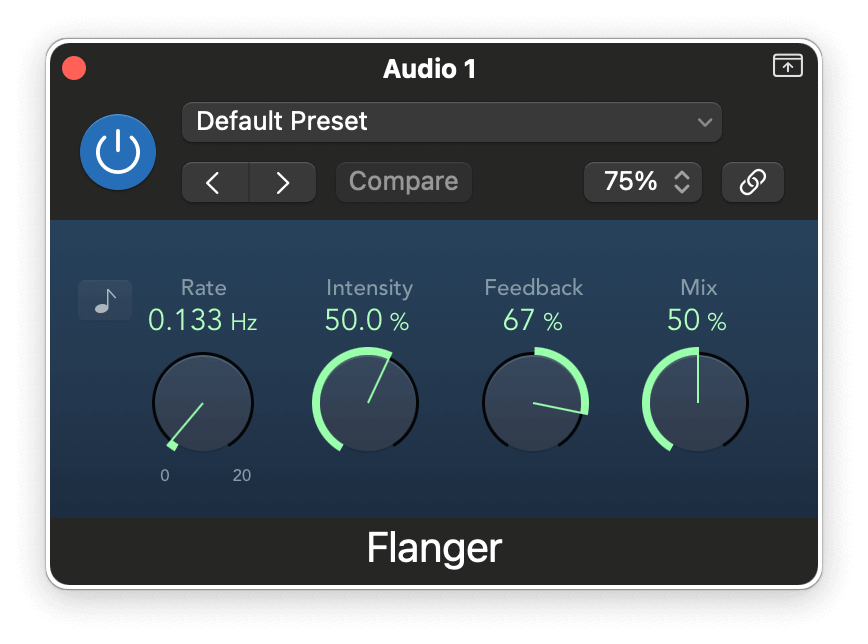
The points at which phase cancellation occurs in a flanged effect are at octave multiples of one another. In between these points of phase cancellation, frequencies will also stack on top of one another creating points of boosted signal – these boosted notches are also octave multiples of one another. This type of phase cancellation is known as a comb filter, and it gives the flange effect a harmonically pleasing sound.
Flangers also often have a feedback control. This essentially sets how extreme the effect is; a higher feedback setting will create deeper notches and higher peaks in the comb filter. This results in the jet plane effect that you hear on so much of the music in the 1980s.
What is a phaser?
A phaser works in a similar fashion to a flanger, and produces quite a similar sonic effect. However, there are a few key differences between the two. Let’s start with the mechanism by which a phaser creates its effect.
Like a flanger, the phaser is a time-based effect. It works by splitting a signal into two and then delaying one of the signals to create phase interaction. However, the way in which the signal delay happens is not identical to the workings of a flanger.

Phasers use all-pass filters to delay one of the signals. If you’re familiar with high-pass and low-pass filters, then you might be able to guess what an all-pass filter is. Yes, that’s right, it’s a filter which allows all frequencies through.
This may sound a bit redundant, however, by their very nature all-pass filters delay the signal passing through them. In fact, they actually delay different parts of the frequency spectrum by different amounts. The delay or phase change caused by an all-pass filter is centered on the frequency value the all pass filter is set to.
Just as with a flanger, the interaction of the dry and delayed signal creates phasing with peaks and notches. The frequency of the all-pass filter is modulated which causes these peaks and notches to sweep through the frequency spectrum, creating the signature swooshing sound. However, unlike with a flanger, the peaks and notches created by a phaser are not harmonically related.
Phasers also typically have a feedback control which sets how extreme the effect is.
Learn more about flanging and phasing with a FaderPro course
As you can see, though they are definitely related in how they work and the effect they create, phasers and flangers are fundamentally distinct effects which produce their own unique sounds. If you want to learn more about how flangers, phasers, and other time based effects work, be sure to check out Jono Bucanan’s course on The Science of Sound: Time-Based Effects.
For more information on common audio effects such as EQs, reverbs, and delays, and to see them in use in commercially released tracks from some of the world’s most popular producers, be sure to delve into the entire FaderPro library of music production courses.

